Every summer, in the peaceful space of Snayđonkum pagoda, O Lam commune, An Giang province, the sounds of students spelling and reading Khmer characters resound.
The Khmer language classes maintained by the pagoda for many years not only help children learn to read and write their mother tongue but also contribute to preserving and spreading the unique traditional cultural values of the Khmer people here.
Sow words at the temple door
This summer, Snayđonkum Pagoda organized 6 Khmer classes for 132 students from grades 1 to 5. The students studied continuously 2 sessions/day and 7 days/week.
The class is completely free, taught by monks with intermediate Pali-Khmer qualifications, who are passionate about their language and culture.
On simple wooden tables, the children attentively spell and write each Khmer character. The teaching materials are compiled by the monks in the pagoda, suitable for each student's age and level of understanding.
Students from grades 1-4 are taught to read and write Khmer by monks. Students in grades 4-5 are taught additional content about the customs, rituals, culture and traditional ethics of the nation.
Teacher Chau An, the teacher directly in charge of grade 3, shared: In addition to learning to read and write, the children are also educated in life skills, basic legal knowledge, and prevention of social evils...
The class helps children develop their personality, ethics and community awareness from an early age; nurtures national pride and love for the Khmer language, helping them understand more deeply about their origins, customs and preserve their national identity.
Even during summer vacation, children in O Lam commune and neighboring areas regularly go to class every day. Chau Soc Phia (Phuoc Tho hamlet, preparing to enter 8th grade) said that he can read and write Khmer and read his grandparents' scriptures.
Chau Net (An Tuc Secondary School) shared that in addition to learning to read and write, he also learned to sing festival songs and recite Khmer scriptures - values that he is very proud of.
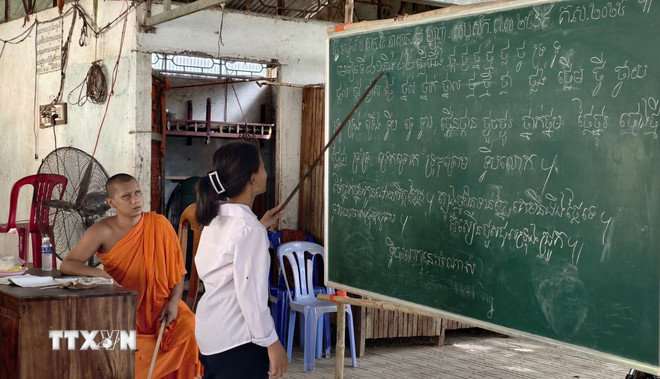
Even though it is summer vacation, children in O Lam commune and neighboring areas still regularly go to the pagoda to learn Khmer every day. Chau Soc Phia (Phuoc Tho hamlet, O Lam commune), who is preparing to enter 8th grade, said: I am studying in 3rd grade of Khmer program, now I can read and write Khmer and can read the scriptures of my grandparents.
Similarly, Chau Net (An Tuc Secondary School) also studies in the 3rd grade Khmer program at Snaydonkum Pagoda. In addition to learning to read and write, Chau Net also learns to sing festival songs and read sutras in Khmer.
The passion for learning Khmer and the rapid progress of the students are the motivation for the monks to continue to stick with the class, persistently teaching the Khmer language and culture through each word and each lecture.
Support policies are needed for sustainable classroom development.
Monk Chau Rine, Deputy Abbot of Snaydonkum Pagoda, said: The pagoda is not only a center for religious activities but also a community school, a place to preserve and teach the Khmer language and culture through many generations. This helps thousands of children preserve the cultural values of the nation, contributing to building a Vietnamese culture with a strong identity.
“Unlike formal education models, classes in pagodas not only impart knowledge of language but also integrate doctrine, ethics, life skills, and education on cultural traditions and national beliefs.
The learning space at the pagoda also helps connect monks with the community, promoting the role of the pagoda in the cultural and social life of the Khmer people," said Monk Chau Rine.
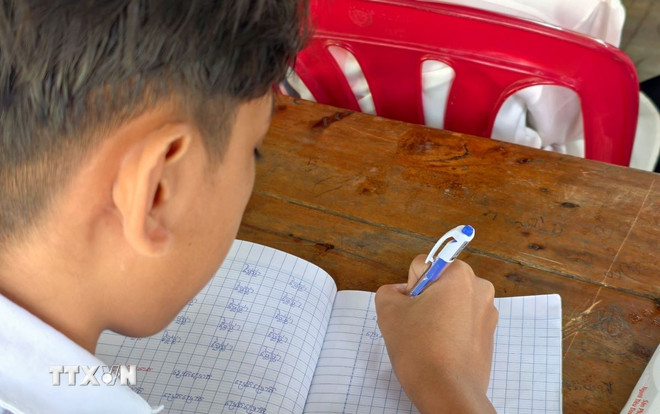
In An Giang, many pagodas such as Snay Don Kum, Soai So, Ta Pa… have become familiar places every summer, attracting hundreds of Khmer students to learn to read and write to preserve the language and cultural identity of the nation.
Although initially bringing many positive results, this model still faces many difficulties such as: lack of standardized curriculum, simple facilities, teaching staff mainly consisting of part-time monks...
In order for Khmer language classes to be effective and widely spread, it is necessary to have the attention of all levels and sectors in supporting teaching materials, training teachers and having incentive and reward policies.
In particular, the coordination between the temple - school - family will be the key factor to help spread and maintain sustainable classes.
In the context of deep integration and increasingly strong cultural exchange, preserving the language and writing of ethnic minorities is becoming more urgent. Therefore, Khmer language classes in pagodas are making an important contribution to the policy of preserving and promoting the cultural identity of ethnic minorities in Vietnam; contributing to building a sustainable Khmer community in An Giang, imbued with identity in the hearts of the multi-colored Vietnamese people./.
Source: https://www.vietnamplus.vn/an-giang-ngoi-chua-nho-uom-mam-ngon-ngu-khmer-post1051316.vnp




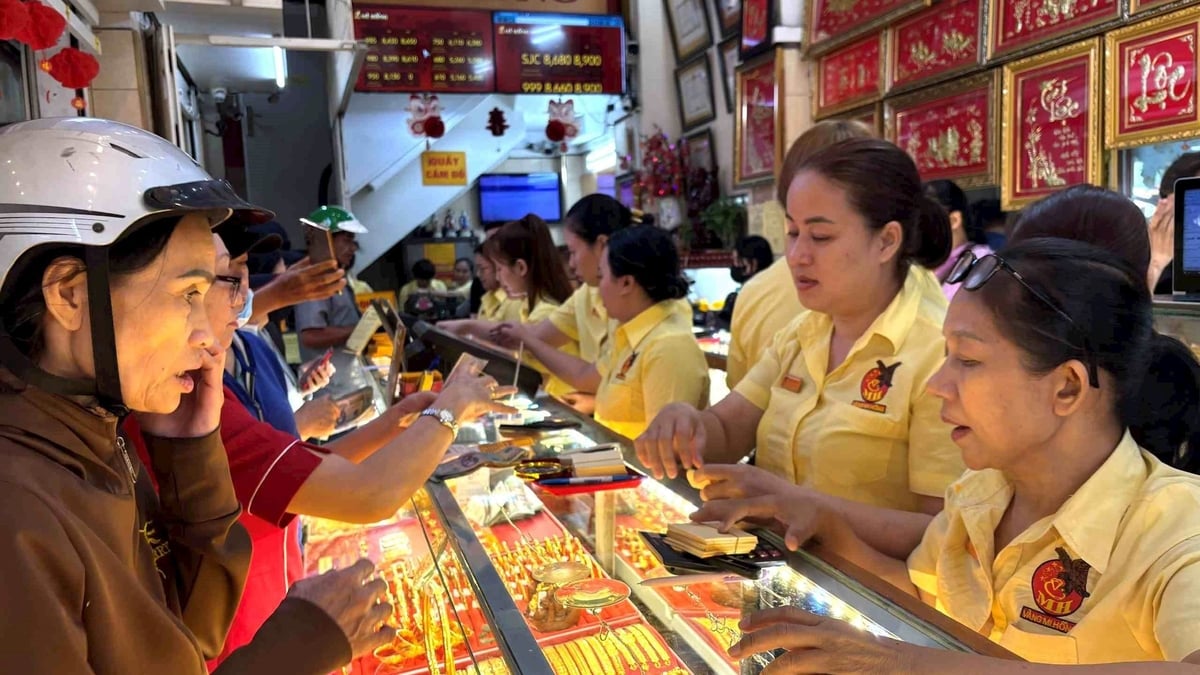



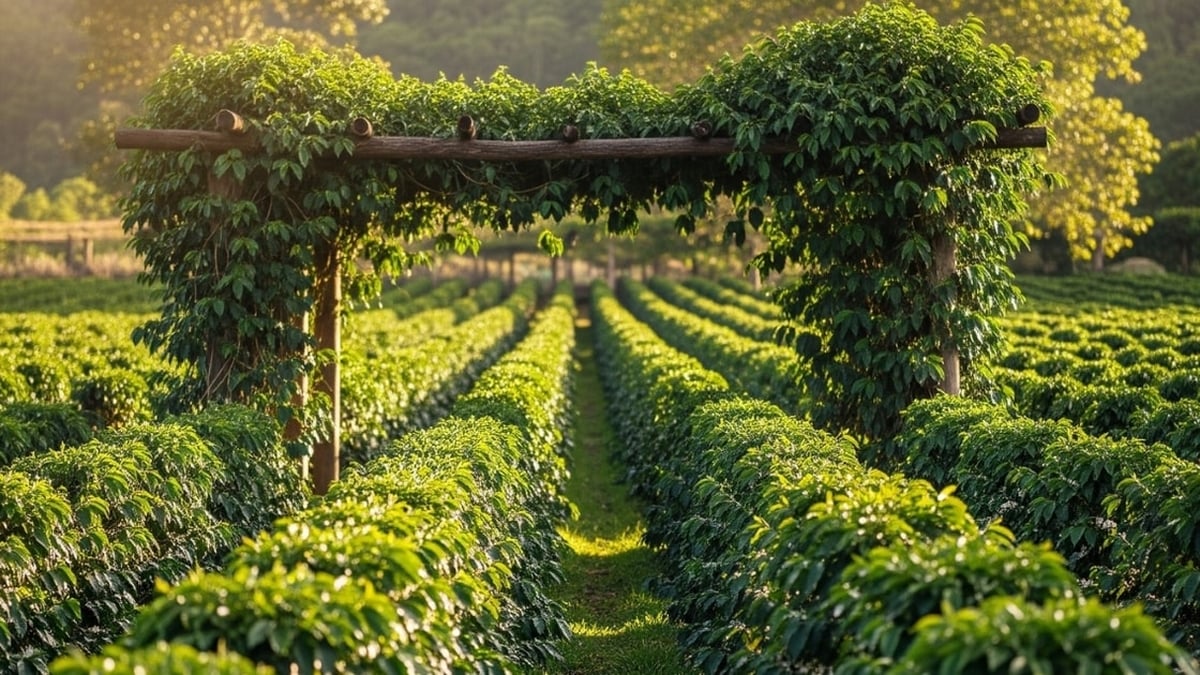
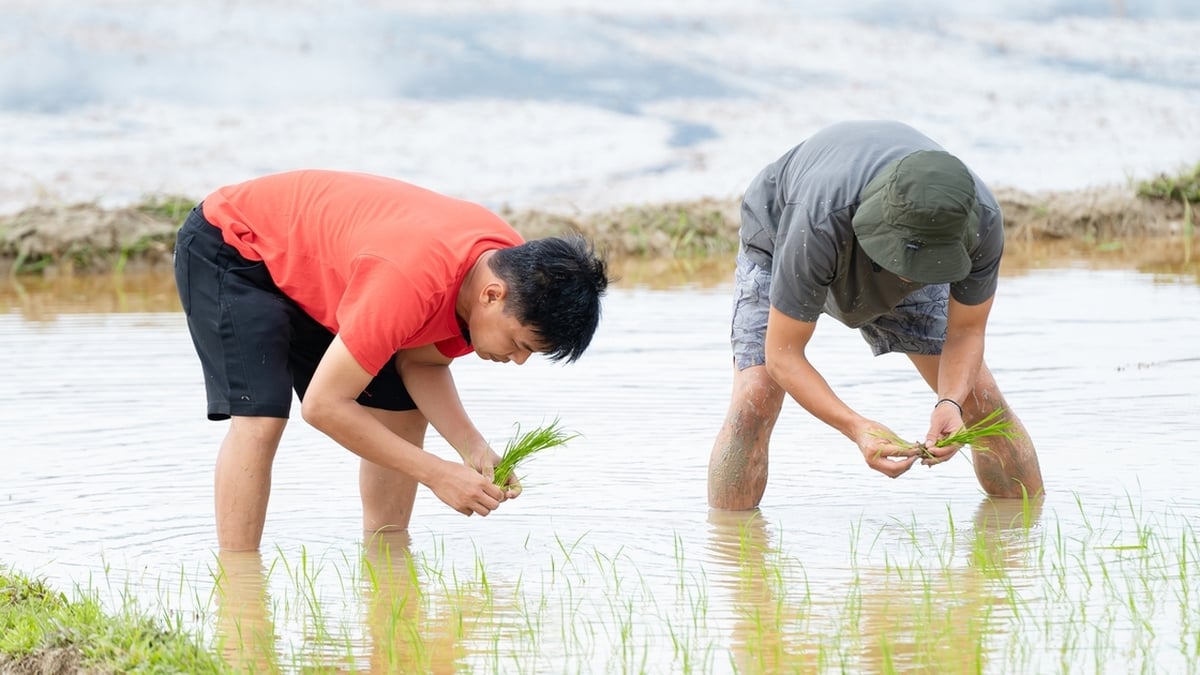

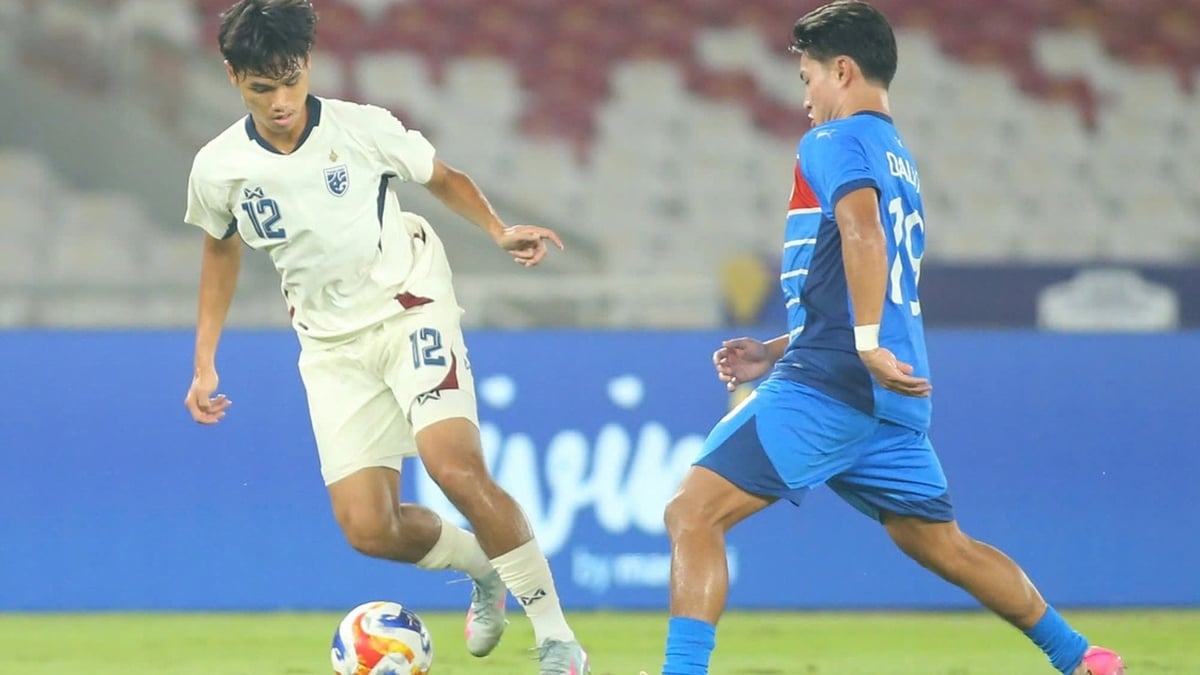















![[Photo] National Assembly Chairman attends the seminar "Building and operating an international financial center and recommendations for Vietnam"](https://vphoto.vietnam.vn/thumb/1200x675/vietnam/resource/IMAGE/2025/7/28/76393436936e457db31ec84433289f72)





































































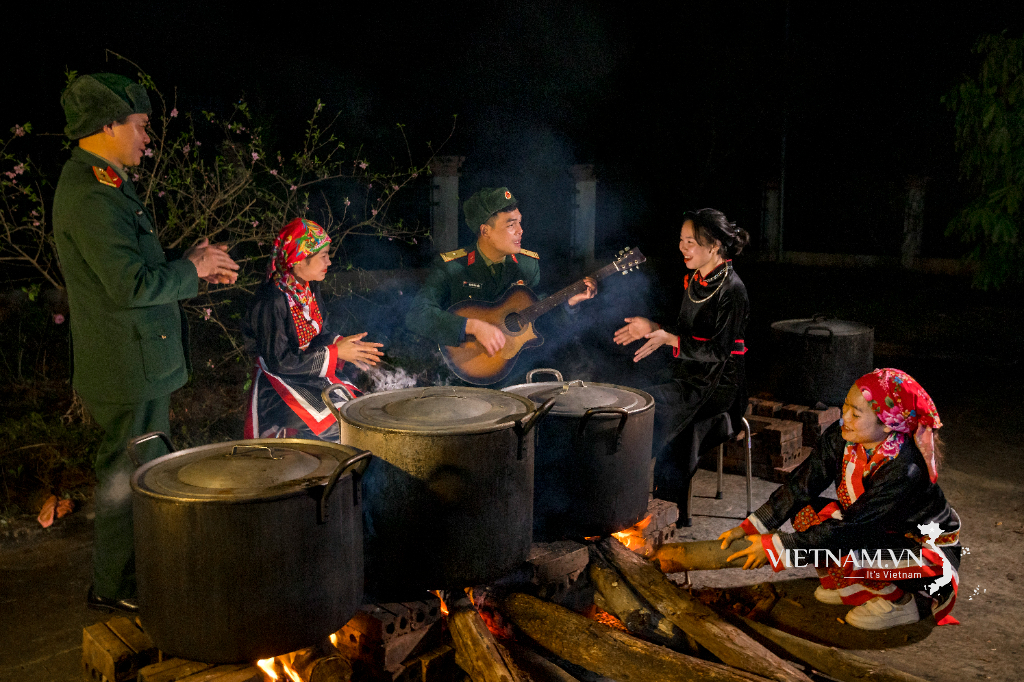


Comment (0)